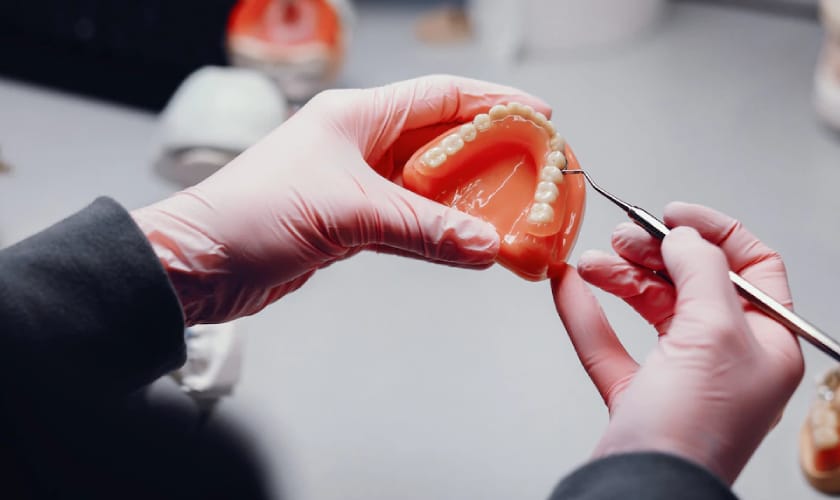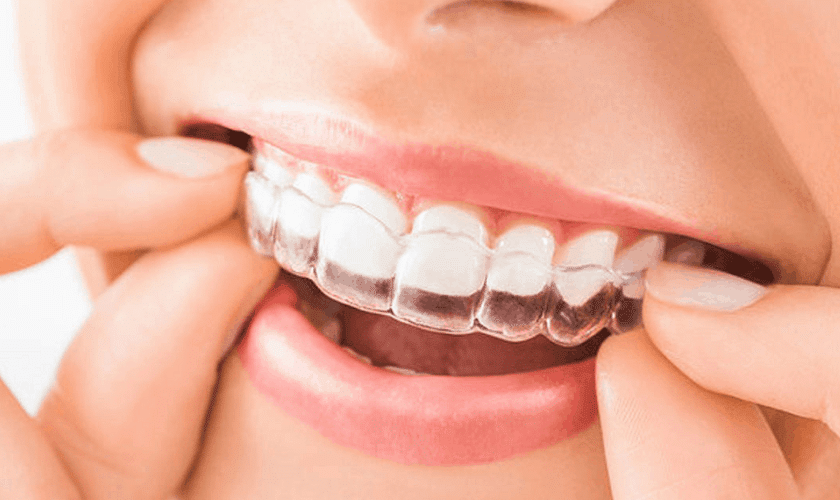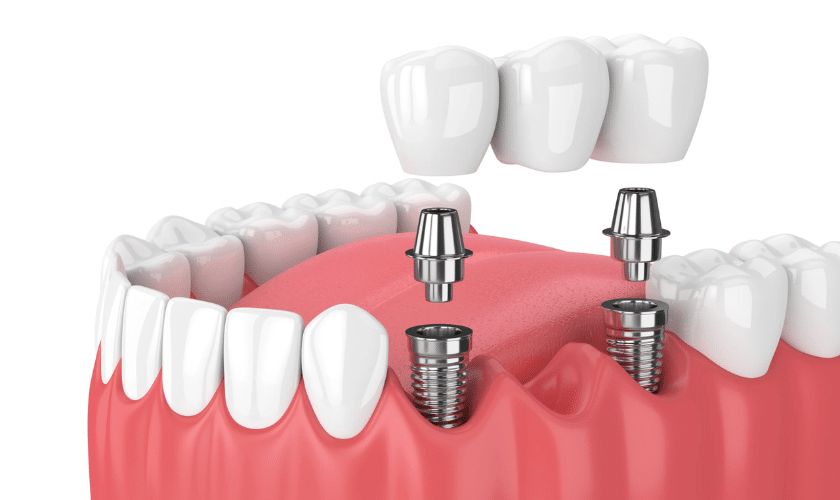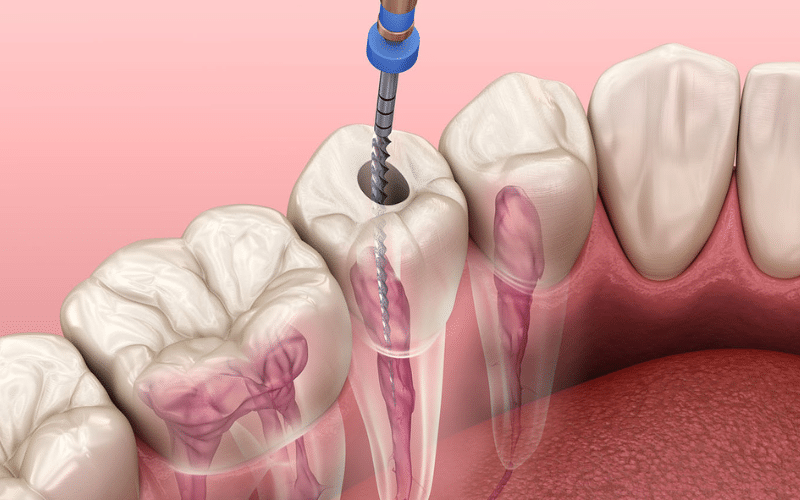
When you’re missing teeth, they don’t fit together right. This makes it hard to chew your food and get all the nutrients healthy foods offer. Also, missing teeth can hurt your self-esteem and make it harder to enjoy being around other people in business or social settings.
There’s no reason to live with a missing tooth or two. An easy and cheap way to solve the problem is to get partial dentures.
What Are Partial Dentures?
Partial dentures are false teeth that fill in where natural teeth are missing in a single dental arch. They are more than just for looks; they replace your natural teeth, help you chew better, and speak more clearly. Also, partial denture teeth help keep the spacing between your natural teeth and keep them from moving or getting out of place.
Different kinds of partial dentures are made of different materials, like those with rigid metal frames, those made entirely of acrylic, and those made of flexible and semi-flexible materials. The best choice often depends on the person getting it since each partial denture is made to fit the needs and teeth of a specific person.
Every type of treatment has pros and cons, and using a dental appliance to replace one or a few missing teeth is no different. The key is to choose a treatment where the pros are much more excellent than the cons. Let’s talk about the pros and cons of some of the most common types of partial dentures.
Good About Partial Dentures
Partial dentures are less expensive than other ways to replace missing teeth, like bridgework or crowns held in place by dental implants. They also have other advantages, such as:
Provides Comfort
Most of the time, getting a partial denture is better than removing all of your natural teeth and replacing them with a complete denture. Since partials are held in place by clasps that attach to the remaining teeth, they don’t move around when you talk or eat and are much more secure than complete dentures. This is especially important when replacing missing teeth in the lower arch, where a complete denture can move around and be hard to wear.
Painless Process
Partials are suitable for people who can’t get invasive dental treatments because of problems with their teeth. Removable partial dentures can help anyone missing teeth because they don’t require surgery or a lot of work on the natural teeth.
There Are 4 Steps To Getting A Partial Denture:
1. Fixing up
In this step, the dentist checks the patient’s natural teeth and ensures they are healthy again. If a tooth is in such bad shape that it can’t be fixed or isn’t recommended, it is taken out, and a partial is made to replace it.
2. Impressions
After the repair, the dentist makes an impression of the patient’s teeth and gums so that the dental laboratory can make the partial denture to the exact specifications.
3. Delivery
Once the part is finished, the dentist puts it in the mouth and adjusts it to fit well.
4. Adjustments
After a few days of wearing the partial, the patient may have sore spots. The dentist can then change the parts and improve the bite to make the patient feel better.
Non-permanent partial dentures are more accessible to adjust than other ways to replace missing teeth. Depending on the type of material and other factors, if more teeth are lost, teeth can sometimes be added to the partial. Having a procedure that can be undone also means that a patient has other options if they change their mind and want a more permanent way to replace a tooth in the future.
Different Kinds Of False Teeth
There are many different kinds of partial dentures to choose from. These things are:
Cast Metal Partial Dentures
This removable denture has high-quality resin teeth glued to a Titanium or Wironium cast metal framework with gum-colored acrylic. A metal framework partial is very stable and can be used to replace more than one missing tooth, even if there are no back teeth to hold the partial in place.
Flexible Partial Dentures
The nylon-based resin material of a Valplast flexible partial denture gives comfort to the false teeth attached to it. The material is light and thin, making molding to the tissue underneath accessible.
Flipper Partial Dentures
Most of the time, it has a base made of acrylic resin or flexible Valplast. This partial, sometimes called “traditional partial dentures” is often recommended for people who are missing only one or two front teeth.
Dentures made of acrylic
They are acrylic and usually put on right after a tooth is taken out. This way, the patient can keep their complete set of teeth while they heal. Acrylic partial dentures are often used as a temporary solution to replace missing teeth before a more permanent solution can be made.
Acetal Resin Partial Dentures
Dentists can make partial dentures out of acetal resin for people who don’t like how metal looks or feels. The framework and teeth look like they were always there. This kind of partial denture wears out more quickly and lasts less long than most cast metal partial dentures.
Hybrid Denture Bridges
A hybrid partial combines the comfort and looks of a partial denture with the more excellent stability and security of a metal framework partial denture. It has the most natural look, the most valuable features, and is secure. If you are interested in having a fixed partial denture for you then you can visit our dental office to know more about it.





